The poor boy's path to Harvard
In 2016, at Harvard University's graduation ceremony, a Chinese student was invited to speak.
He told the story of how his mother used the most radical method to completely change her son's life.
His speech received great applause from his friends and teachers. He became the first Chinese student to receive this honor in Harvard history.
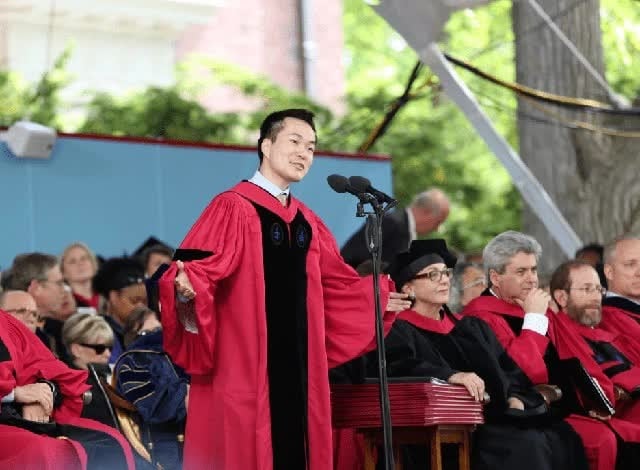
Ha Giang at the 2016 Harvard University graduation ceremony. Photo: Sohu.
His name is Ha Giang, born into a poor farming family in Ninh Huong district, Truong Sa city, Hunan province, China.
His parents were farmers who toiled all day. Because they were poor, they could not afford to send their son to any cram school.
Mr. Ha's parents only use 2 habits in educating their children, which are worth learning from.
One is to tell stories to your children; two is to be a listener to your children talk.
No matter how tired he is, every evening Ha Giang's father usually takes time to tell his two sons stories before bed and then lets them tell their parents what they learned at school.
However, his mother was illiterate so she often asked her children to reread stories in textbooks to study with them. If there was anything she did not understand, she asked her children to explain.
In order for his mother to understand what he said, Mr. Ha listened very carefully during class, afraid of missing any details.
If there was something he didn't understand, he would go to the teacher's office and ask one person after another until he understood.
It was these two parenting methods that inspired Ha Giang's learning spirit, helping him move from his hometown to Wuhan to study and from Wuhan to the Harvard podium.
When people carefully studied the method that this farmer couple applied to their children, they discovered that it was the famous Feynman method.
What is the Feynman method?
The Feynman Method is a method of learning and understanding lectures named after the famous physicist Richard Feynman.
This method emphasizes explaining a concept simply and clearly for deeper understanding and longer retention.
Here are the basic steps of the Feynman method of learning:
1. Choose a topic
Choose a topic or concept you want to learn more about.
2. Explain as if talking to someone else.
Assume you are lecturing someone, with the goal of explaining things simply and clearly. Use common language and avoid using complex terminology.
3. Use paper and pen
Write down what you know about the topic in the language of someone who knows nothing about it. Use simple words, examples, and drawings to explain the concept.
4. Learn more
In the process of explaining, you will realize the gaps in your understanding.
This will encourage you to learn more, look up details, and adjust your interpretation to gain deeper understanding.
5. Check understanding
Once you have explained it simply and clearly, check your understanding by explaining the topic again without relying on your notes or materials.
This helps you identify areas that you still don't understand well and need to research further.
The Feynman method encourages deep and clear understanding, helping you build a solid foundation of knowledge.
It also helps you identify gaps in your knowledge and motivates you to study further.
Application of Feynman learning method in parenting
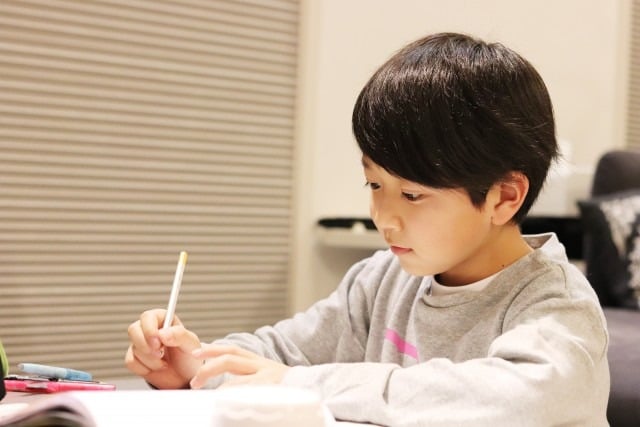
The Feynman method is a learning method suitable for scientific research, allowing students to understand deeply in a short time. Illustration photo
The Feynman Method is very useful and it can be applied in parenting. In fact, it is not difficult for children to learn this method, just follow the 6 steps.
1. Select content
In the early stages of learning the Feynman method, parents can help children choose the content they are good at to explain, which will help increase their confidence. If parents choose a difficult problem at the beginning, children will easily give up after a few days.
2. Pay attention to what children say
When children explain to their parents, parents need to listen seriously and not perfunctorily.
3. Parents ask questions
Parents should ask their children some questions about the lesson content, this helps them think more deeply.
4. Check information
Through parents' explanations and questions, children will realize their own lack of knowledge. Parents should encourage children to self-test and organize information to prepare for the next problems.
5. Say it again
When children explain the same problem to their parents again, because they are better prepared, they will definitely perform well this time. This is beneficial for the development of children's self-confidence.
6. Summary
Parents can draw a mind map with their children related to the key words of the lesson. Summarizing will help children grasp the knowledge better.



![[Photo] Prime Minister Pham Minh Chinh chairs conference on anti-smuggling, trade fraud, and counterfeit goods](https://vphoto.vietnam.vn/thumb/1200x675/vietnam/resource/IMAGE/2025/5/14/6cd67667e99e4248b7d4f587fd21e37c)









































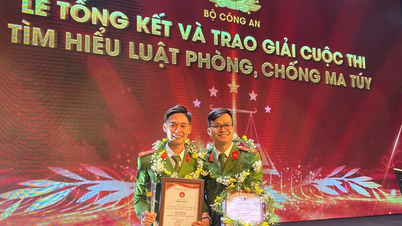





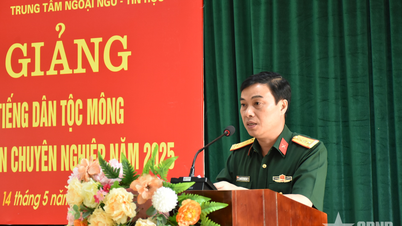
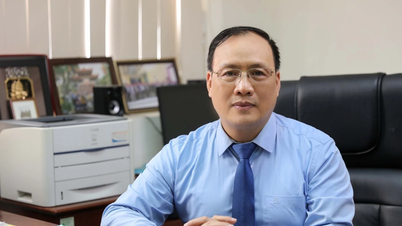












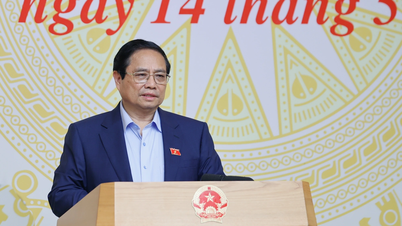











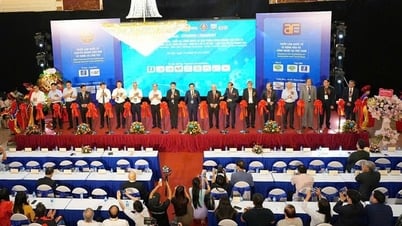
















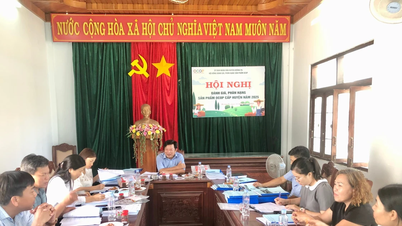






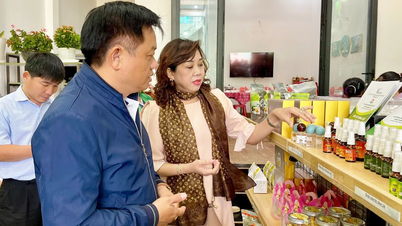
Comment (0)